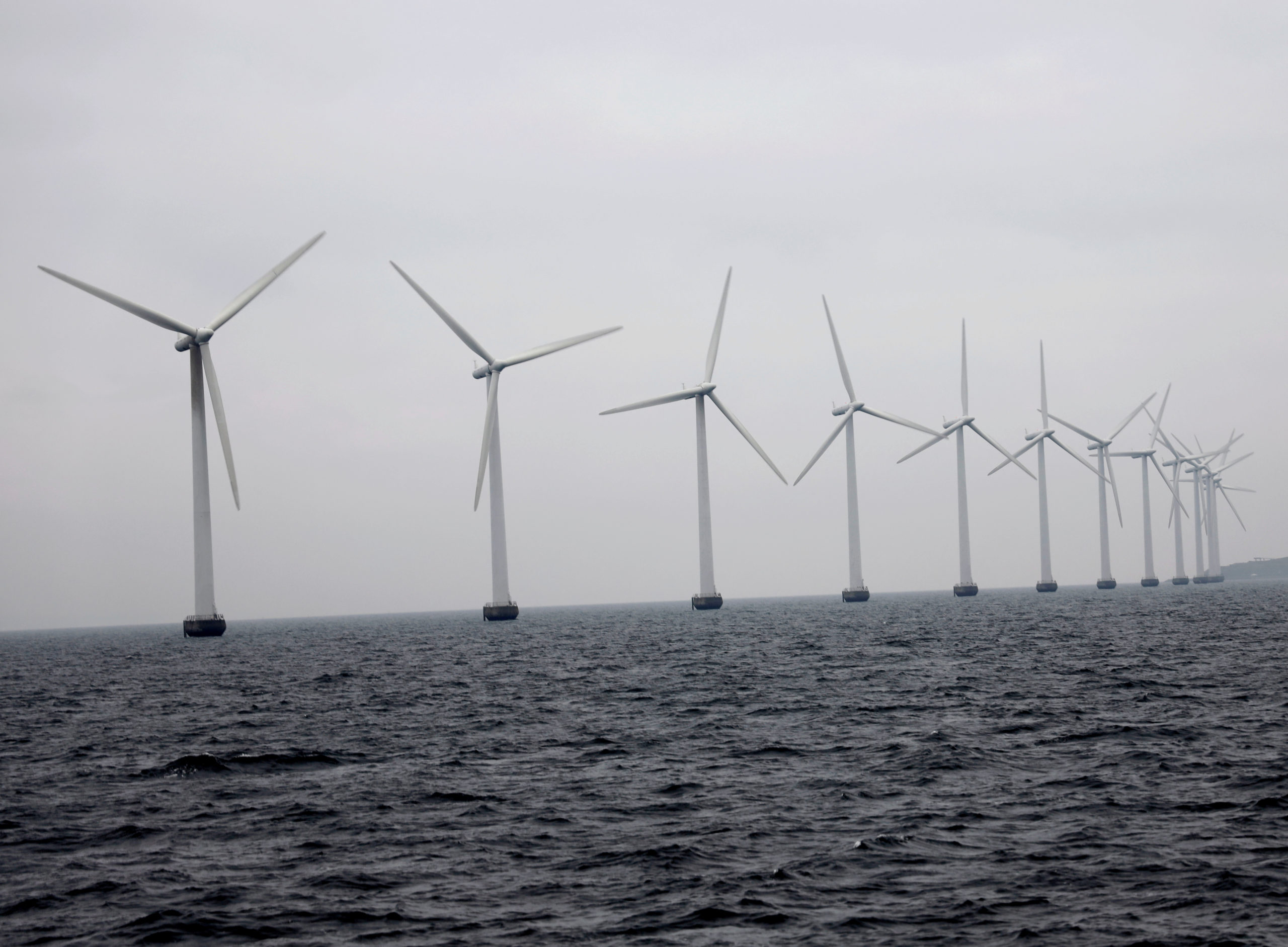A carbon neutral Nordic region would need 75 percent more electricity, study says
Decarbonizing aviation, shipping and heavy industries will be among the biggest challenges.

OSLO — Nordic countries would have to generate another 290 terawatt hours (TWh) of electricity, an increase of 75 percent from current levels, to meet the additional demand for power if they become carbon neutral, a study published on Thursday showed.
Denmark, Finland, Iceland, Norway and Sweden are all aiming to become carbon neutral by 2050 at the latest, which would mean replacing fossil fuels used in homes, transport and industry with carbon-free alternatives, most of them electricity based.
[Arctic Europe shows that remoteness doesn’t have to hinder renewable energy growth]
To match the rise in electricity demand, the region would need to maintain its existing hydro and nuclear power generation capacities and install another 83 gigawatts (GW) of renewable energy sources, the study said.
The study, commissioned by Finnish state-owned utility Fortum, said it expected 70 percent of the new capacity to come from onshore wind farms, 20 percent from offshore wind and 10 percent from solar power.
“The study sees emissions reductions happening both directly through electrification and indirectly via production of e-fuels from electrically produced hydrogen derivatives,” Fortum said.
Finland aims to become carbon neutral by 2035, Iceland by 2040, Sweden by 2045, and Norway and Denmark by 2050.
The biggest challenge would be to “decarbonize” sectors such as heavy transport, including shipping and aviation, as well as industries such as steel and chemicals, Sigurd Naess-Schmidt, one of the study authors, told a webinar.
This would require the deployment of new technologies, such as carbon capture and storage, the production of emission-free fuels such as clean hydrogen, as well as the increased use of biofuels.
All of this would require a firm price for EU emissions allowances, ideally supported by a price floor, to encourage the switch to non-fossil fuels, the study said.
Reporting by Nora Kamprath Buli.